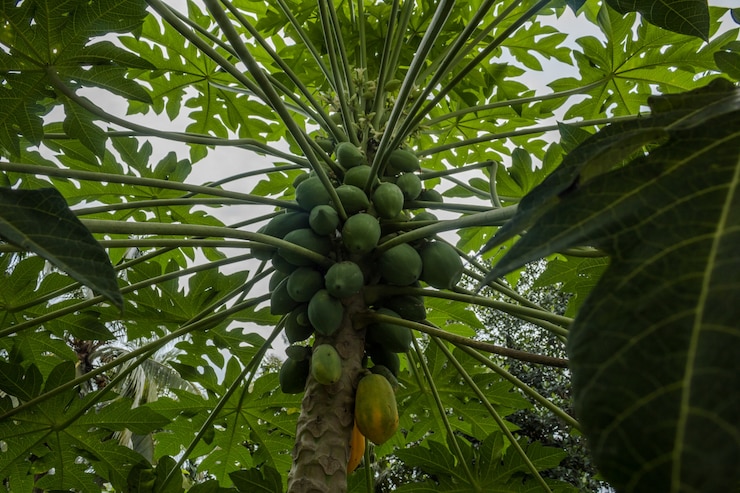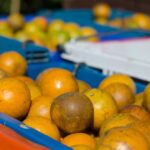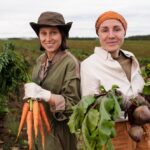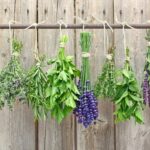Papaya, also known as pawpaw or papaw, is a tropical fruit with a sweet and vibrant flavor. Although it is native to tropical regions, papaya can be successfully grown in certain parts of South Africa. If you’re considering growing papaya in your garden or orchard, here are ten important factors to consider for successful cultivation:
- Climate Suitability: Papaya thrives in warm and subtropical climates. It requires a frost-free environment with temperatures ranging from 20 to 35°C. Coastal areas of South Africa, such as KwaZulu-Natal and parts of Mpumalanga, provide suitable conditions for papaya cultivation.
- Variety Selection: Choose papaya varieties that are well-adapted to your specific climate and growing conditions. The Solo and Sunrise varieties are popular choices. Consider factors such as fruit quality, disease resistance, and harvest season when selecting the right variety.
- Site Selection: Papaya trees require a sunny location with protection from strong winds. Plant them in a sheltered area or create windbreaks to prevent damage to the delicate leaves and fruit. Ensure good air circulation to minimize the risk of fungal diseases.
- Soil Requirements: Papayas prefer well-drained, fertile soil with a pH level between 5.5 and 6.7. They are sensitive to waterlogged conditions, so ensure proper drainage. Conduct a soil test to determine its fertility and make necessary amendments before planting.
- Watering: Papayas have high water requirements, especially during the fruiting stage. Provide regular and deep waterings to keep the soil consistently moist. However, avoid waterlogging the roots as it can lead to root rot. Mulching around the base of the tree helps retain soil moisture.
- Fertilization: Papayas benefit from regular fertilization to ensure healthy growth and fruit production. Apply a balanced organic fertilizer, rich in nitrogen, phosphorus, and potassium, every few months. Follow the recommended application rates for your specific papaya variety.
- Pruning: Prune papaya trees to maintain a single-stemmed trunk and remove any side shoots. This helps focus the plant’s energy on fruit production. Remove any dead or diseased branches and thin out crowded areas to improve airflow and sunlight penetration.
- Pest and Disease Management: Papayas can be susceptible to pests such as fruit flies, aphids, and spider mites. Regularly monitor your trees for signs of infestation and implement appropriate pest control measures. Papayas are also prone to fungal diseases, so practice good sanitation and ensure proper airflow around the plants.
- Harvesting: Papayas are ready for harvest when the skin turns yellow and the fruit is slightly soft to the touch. Depending on the variety and climate, this usually occurs between 6 to 9 months after planting. Harvest by cutting the fruit from the tree using a sharp knife.
- Enjoying Papayas: Papayas can be enjoyed fresh, added to fruit salads, or used in smoothies and desserts. The sweet and juicy flesh is rich in vitamins and minerals, making it a healthy and refreshing addition to your diet.
By considering these ten important factors before growing papayas in South Africa, you’ll be well-prepared to embark on your papaya cultivation journey. Embrace the tropical flavors and vibrant colors of this delicious fruit when it graces your garden and dining table.
Image by jeswin on Freepik







